Embark on your Turkish kebab adventure with ease! This guide makes discovering the authentic “kebab trail” in Turkey a delicious and stress-free experience. Learn about must-try kebabs, where to find them, and how to enjoy them like a local. Your flavorful journey begins now!
Turkey is a treasure trove of incredible food, and at the heart of its culinary fame is the magnificent kebab. But with so many delicious options, where do you even begin? For many home cooks and food lovers, navigating the world of Turkish kebabs can feel a bit overwhelming. You dream of tasting those perfectly grilled meats, infused with aromatic spices, but the sheer variety might leave you wondering which ones are the true classics and how to find the best ones. Don’t worry! We’re here to guide you step-by-step through the most amazing kebab experiences Turkey has to offer. Get ready to unlock the secrets of the Turkish kebab trail and bring these incredible flavors home.
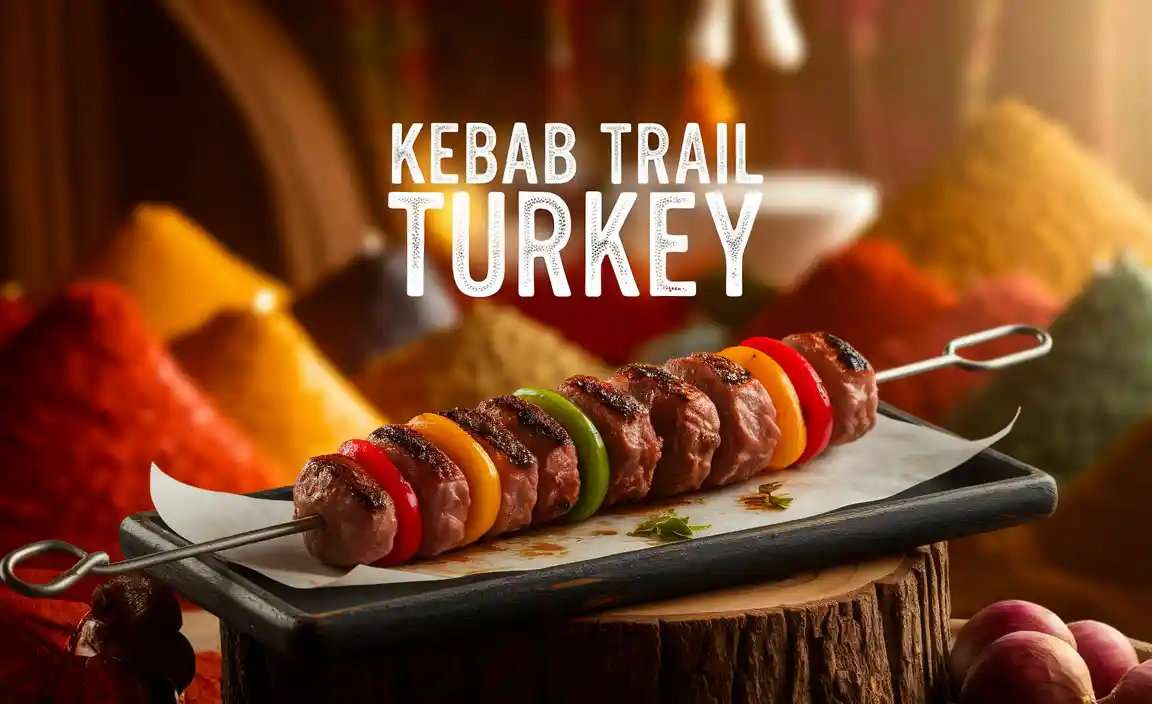
Your Ultimate Beginner’s Guide to the Kebab Trail in Turkey
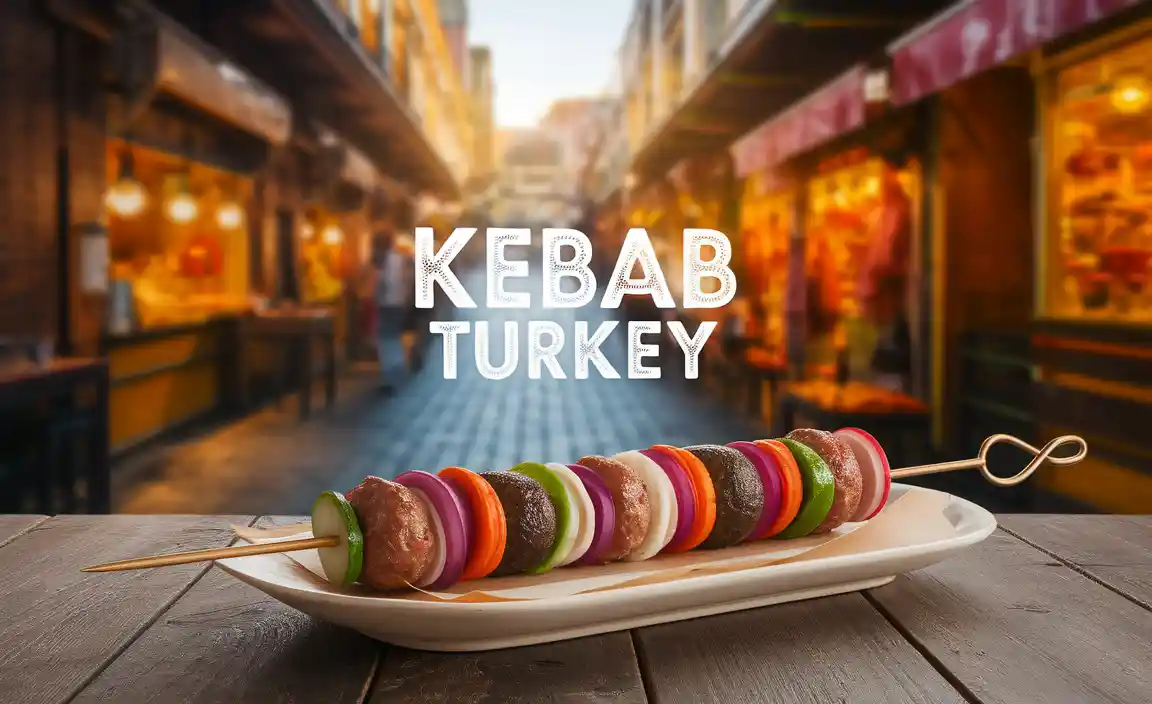
Welcome to the ultimate journey through Turkey’s most beloved culinary export: the kebab! This guide is designed to be your friendly companion as you explore the vibrant world of Turkish grilled meats. We’ll break down what makes a kebab truly special, highlight the stars of the show, and give you the insider tips to find authentic flavors. Whether you’re planning a trip to Turkey or just want to recreate these sensational dishes in your own kitchen, you’ve come to the right place. Let’s get started on this unforgettable flavor expedition!
Why Are Turkish Kebabs So Famous?
Turkish kebabs aren’t just grilled meat; they are a culinary art form with a rich history. The tradition dates back centuries, with roots in nomadic cooking practices and the Ottoman Empire. The magic lies in the quality of the ingredients, the precise marination techniques, and the skillful grilling over charcoal or wood fire. This creates an unparalleled depth of flavor and texture. Turkish cuisine emphasizes fresh, local ingredients, and kebabs are a perfect platform to showcase this. The cultural significance also plays a role; sharing a kebab is a communal experience, often enjoyed with family and friends, making it more than just a meal.
Must-Try Kebabs on Your Turkish Trail
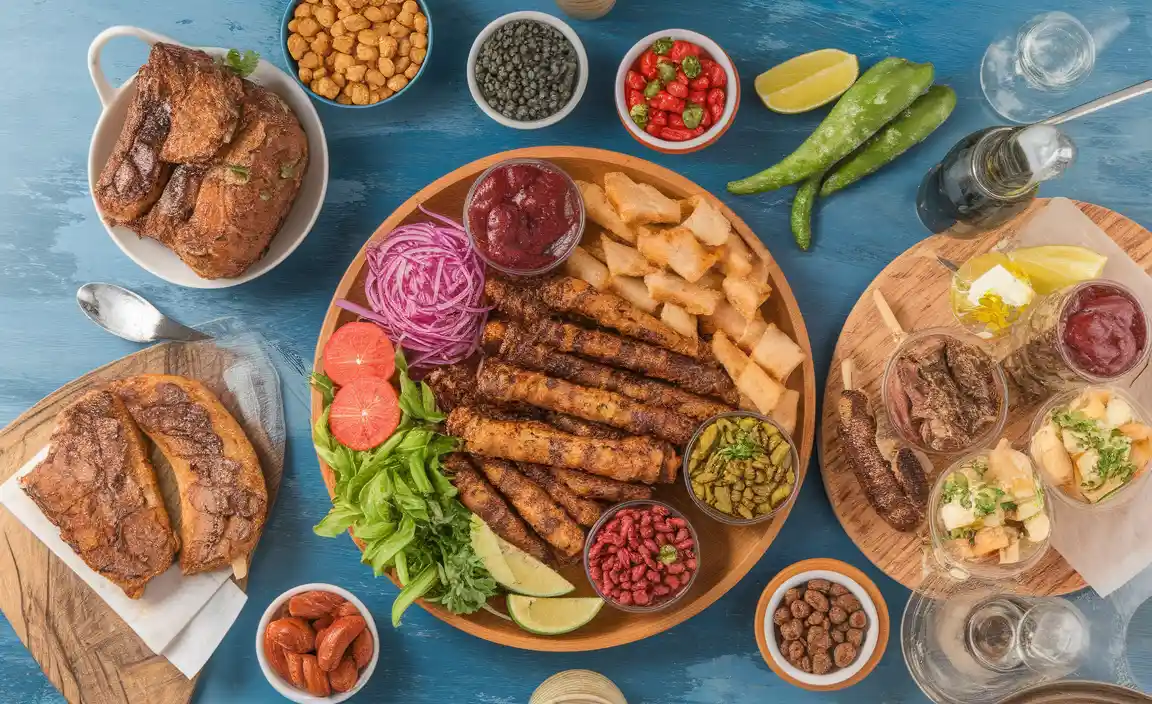
The kebab world in Turkey is vast and wonderfully diverse. While you can find countless variations, certain staples are absolute must-tries that define the “kebab trail.” These are the dishes you’ll see everywhere, from humble street stalls to high-end restaurants, and for good reason – they are delicious!
The Iconic Adana Kebab
Originating from the city of Adana in southern Turkey, this kebab is for those who love a bit of heat. It’s made from hand-minced lamb meat mixed with red peppers, seasoned with spicy paprika and other aromatic spices. The minced meat is then molded onto a wide, flat skewer and grilled over a charcoal fire. The result is a juicy, flavorful, and slightly spicy sausage-like kebab that’s incredibly satisfying. It’s typically served with lavash bread, grilled tomatoes, and peppers.
The Versatile Urfa Kebab
Similar to the Adana kebab, the Urfa kebab also features hand-minced lamb. However, it’s the “mild” cousin. The Urfa kebab is made with the same minced lamb and spices but without the hot red peppers, making it a perfect choice for those who prefer less spice. It’s often seasoned with different aromatics, offering a slightly sweeter and richer taste. Like Adana, it’s grilled on wide skewers and served with traditional accompaniments.
The Beloved İskender Kebab
This is a true Turkish classic, named after its creator, İskender Efendi, from Bursa. İskender kebab isn’t just about the meat; it’s a beautifully presented dish. It features thinly sliced doner kebab (vertical rotisserie grilled meat, usually lamb or beef) layered over pieces of flatbread (pide). It’s then generously drizzled with melted butter and a rich tomato sauce, often served with a dollop of creamy yogurt on the side. The combination of textures and flavors – tender meat, soft bread, tangy sauce, and cooling yogurt – is simply divine.
The Elegant Şiş (Shish) Kebab
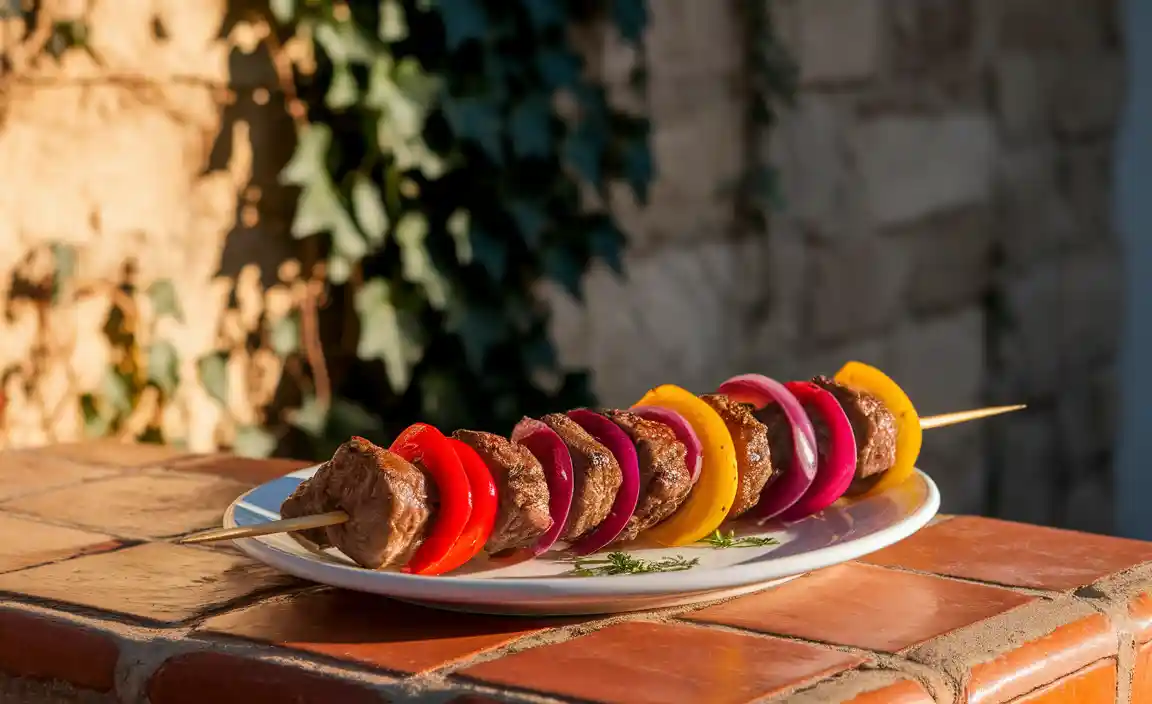
The most universally recognized type of kebab outside of Turkey, the Şiş kebab (pronounced sheesh) is made from cubes of marinated lamb, beef, or chicken. These cubes are skewered, often interspersed with vegetables like tomatoes, onions, and bell peppers, and then grilled to perfection. The key is the marinade, which typically includes olive oil, lemon juice, garlic, and a blend of herbs and spices like oregano, thyme, and paprika. It’s simple, elegant, and always a crowd-pleaser.
The Flavorful Beyti Kebab
Beyti kebab is another delightful variation, often made with ground lamb or beef that’s seasoned and then hand-formed around a skewer. Once grilled, the meat is sliced and typically wrapped in a thin flatbread (like lavash or yufka) that’s been lightly brushed with butter or oil. It’s then often topped with tomato sauce and served with yogurt. Think of it as a gloriously saucy, wrapped kebab experience.
The Juicy Döner Kebab
Döner, meaning “rotating,” refers to the method of cooking: large cones of seasoned meat (lamb, beef, or chicken) are stacked and slowly rotated in front of a vertical broiler. As the outer layers brown and cook, they are shaved off in thin slices. This is the meat you’ll often find being served in dürüm (wraps) or on plates with rice, salad, and bread. It’s a staple found on almost every street corner and a quick, delicious meal.
Understanding Kebab Ingredients and Preparation
The soul of a great kebab lies in its components and how they are prepared. Even for beginners, understanding these elements can elevate your appreciation and your own cooking.
Meat Choices: The Foundation
- Lamb: The most traditional and often most prized meat for kebabs. It offers a rich, robust flavor that pairs beautifully with spices. Ground lamb is used for Adana and Urfa, while cubed lamb shoulder or leg is common for şiş.
- Beef: A popular alternative, especially for döner and some şiş kebabs. It’s flavorful and can be very tender when cooked correctly.
- Chicken: Lighter and often more economical, chicken thighs (preferred for moisture and flavor) or breast are marinated and grilled for delicious şiş and döner.
Marinades: The Flavor Architects
A good marinade is crucial for tenderizing the meat and infusing it with flavor. Common ingredients include:
- Olive oil or yogurt (for tenderness)
- Lemon juice or vinegar (for tenderizing and brightness)
- Garlic, onions, and various spices (e.g., cumin, coriander, paprika, pepper flakes, sumac)
- Herbs (e.g., mint, parsley, oregano, thyme)
The marination time can vary from a few hours to overnight, allowing the flavors to penetrate deeply.
Spices and Seasonings: The Aromatic Symphony
Turkish cuisine boasts a vibrant spice palette. For kebabs, key players include:
- Paprika: Both sweet and hot varieties are used to add color and flavor.
- Red Pepper Flakes (Pul Biber): These add a distinctive, slightly fruity heat.
- Cumin and Coriander: Earthy and warm, they provide depth.
- Sumac: A tangy, lemony spice often used as a garnish or in marinades.
- Oregano and Mint: Fresh and aromatic, especially with lamb.
Grilling Techniques: The Fiery Finish
The method of grilling is paramount. Traditional Turkish grilling often involves:
- Charcoal Grills: These impart a smoky flavor that’s hard to replicate.
- Wood Fire: Adds a unique aromatic nuance.
- Vertical Rotisserie (for Döner): Allows fat to baste the meat as it cooks.
- Direct Heat: For quick, intense searing of skewers.
Proper heat management is key to achieving a beautiful char on the outside while keeping the inside juicy and perfectly cooked.
Where to Find Authentic Kebabs in Turkey
Navigating the “kebab trail” means knowing where to look for the most authentic and delicious experiences. It’s not always about fancy restaurants!
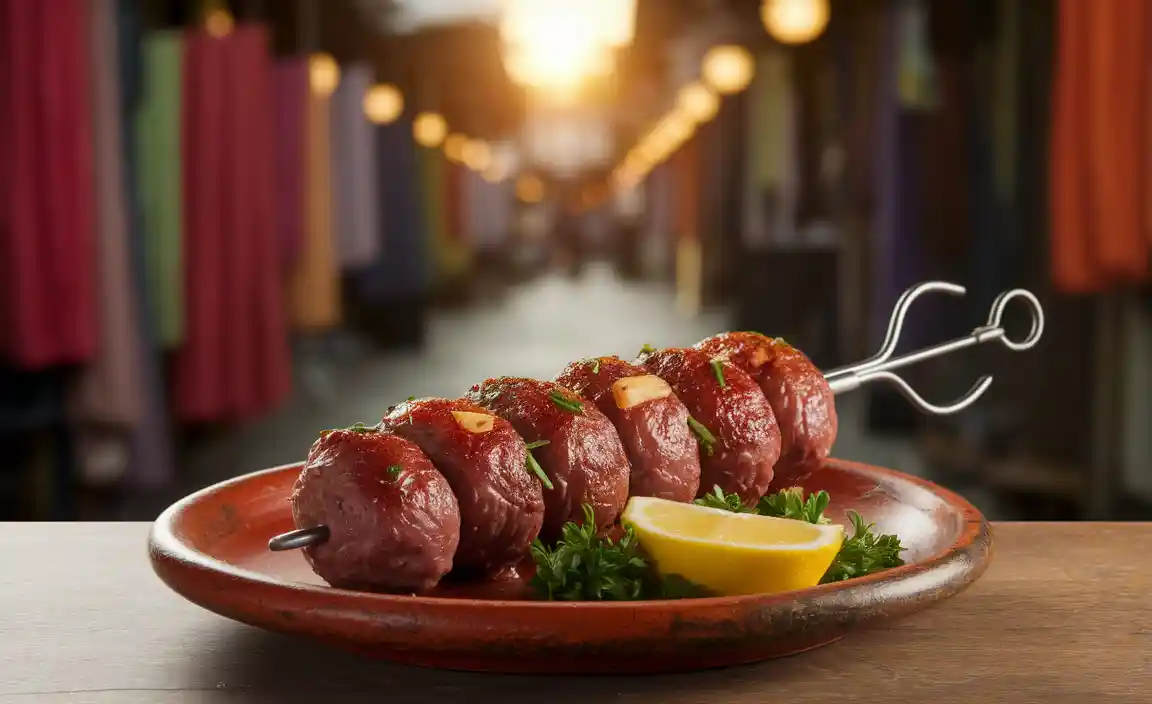
Local Lokantas: The Hidden Gems
Lokantas are traditional Turkish eateries that often serve a wide variety of home-style dishes, including excellent kebabs. They are typically casual, affordable, and frequented by locals. Look for busy lokantas during lunchtime; a full house is usually a good sign of quality.
Street Food Stalls: Quick & Delicious
Don’t underestimate the power of street food! In bustling cities and towns, you’ll find vendors selling döner wraps, Adana dürüm, and other quick kebab options. These are often incredibly well-executed and offer a true taste of everyday Turkish life. For döner, look for stalls where the meat cone looks freshly prepared and is being actively carved.
Specialty Kebab Restaurants (Ocakbaşı)
Ocakbaşı literally means “fireside.” These restaurants often feature an open kitchen with a grill at the center. You can sit around the grill and watch the chefs prepare your kebabs. They specialize in a wide range of grilled meats and offer an immersive dining experience. This is a fantastic way to try multiple types of kebabs in one sitting.
Regional Specialties
While major cities have it all, some cities are renowned for specific kebabs. Adana is the birthplace of Adana kebab, and Bursa is famous for İskender kebab. While you can find these elsewhere, trying them in their hometown adds an extra layer of authenticity.
Essential Kebab Accompaniments: The Perfect Pairings

A kebab is more than just the meat; the accompaniments play a vital role in completing the meal. They balance the richness of the meat and add freshness and texture.
Breads: The Versatile Vehicle
- Lavash: A thin, soft unleavened flatbread, often used to wrap kebabs (dürüm) or served alongside to scoop up juices.
- Pide: A soft, oven-baked flatbread that’s slightly thicker. It’s the base for İskender kebab.
- Sourdough Bread: Sometimes served to accompany grilled meats, perfect for soaking up delicious juices.
Salads and Vegetables: Freshness and Contrast
- Shepherd’s Salad (Çoban Salata): A finely chopped salad of tomatoes, cucumbers, onions, bell peppers, and parsley, dressed with olive oil and lemon juice.
- Grilled Tomatoes and Peppers: Often grilled alongside the kebabs, their smoky sweetness complements the meat perfectly.
- Onions with Sumac: Thinly sliced red onions mixed with sumac and parsley, offering a sharp, tangy contrast.
Dips and Sauces: Flavor Boosters
- Yogurt: Plain or garlic-infused yogurt is a cooling counterpoint to spicy kebabs, especially İskender.
- Ezme Salad: A spicy, finely chopped tomato and pepper dip, adding heat and freshness.
- Haydari: A thick, creamy yogurt dip often flavored with garlic and mint.
A Table of Popular Turkish Kebabs
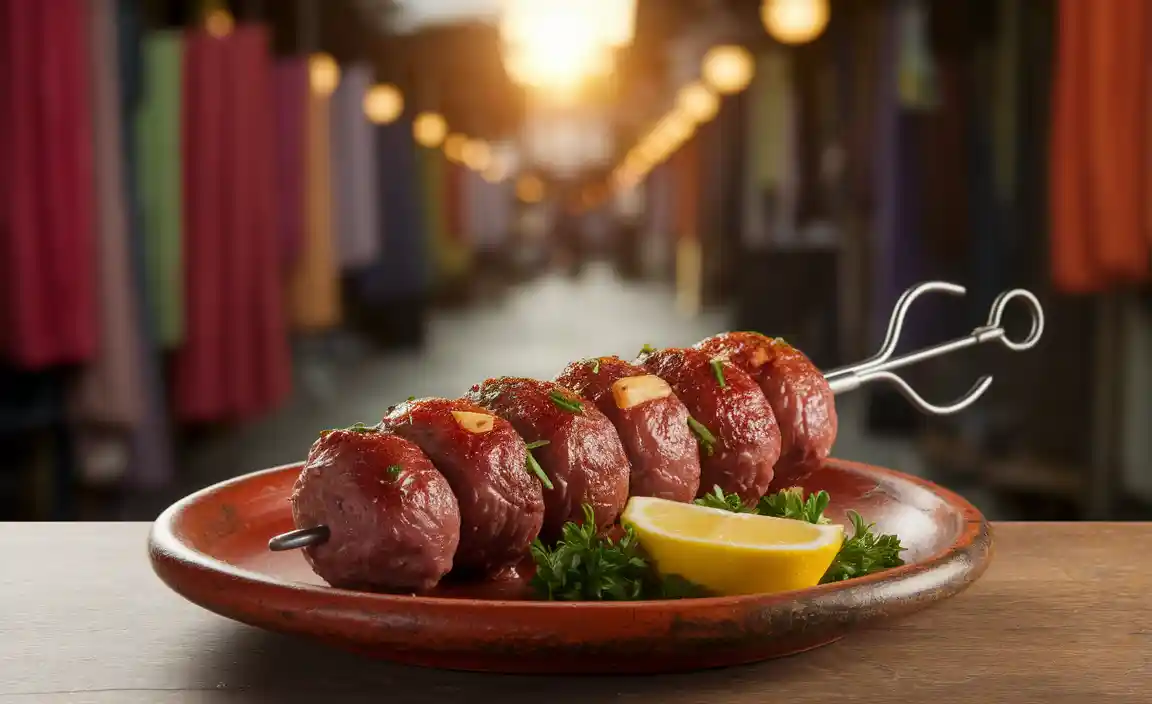
To help you quickly identify some key players, here’s a handy table:
| Kebab Name | Main Ingredient | Key Characteristics | Typical Serving |
|---|---|---|---|
| Adana Kebab | Minced Lamb | Spicy, hand-minced, wide skewer | Lavash, grilled vegetables |
| Urfa Kebab | Minced Lamb | Mild (no hot peppers), hand-minced, wide skewer | Lavash, grilled vegetables |
| İskender Kebab | Sliced Doner (Lamb/Beef) | Served over pide, with tomato sauce & butter, yogurt | Plate with accompaniments |
| Şiş (Shish) Kebab | Cubes of Lamb, Beef, or Chicken | Marinated, skewered with optional vegetables | Rice, salad, bread |
| Beyti Kebab | Ground Lamb or Beef | Wrapped in flatbread, sauced, often with yogurt | Plate with accompaniments |
| Döner Kebab | Thinly Sliced Rotating Meat (Lamb/Beef/Chicken) | Vertical rotisserie cooked | Wrap (Dürüm), plate, or sandwich |
Tips for Enjoying Your Kebab Experience
To make the most of your culinary journey on the kebab trail, keep these tips in mind:
- Ask for Recommendations: Don’t hesitate to ask restaurant staff or locals for their favorite kebabs or specials.
- Embrace the Spice: If you enjoy a little heat, try the Adana or Urfa kebabs. If you’re unsure, start with milder options like şiş or İskender.
- Order a Mixed Grill: If you’re with a group or want to sample multiple types, a mixed grill platter (Karışık Kebap Tabağı) is an excellent choice.
- Don’t Forget the Sides: The breads, salads, and dips are integral parts of the experience.
- Observe Local Dining Etiquette: Meals are often communal. Sharing dishes is common and encouraged.
- Hydrate: Turkish tea (çay) or Ayran (a savory yogurt drink) are popular accompaniments.
Recreating Turkish Kebabs at Home
The great news is you don’t have to be in Turkey to enjoy these flavors! With a few simple techniques and ingredients, you can bring the kebab trail to your kitchen.
Easy Şiş Kebab Recipe (Beginner-Friendly)
This recipe focuses on chicken or lamb cubes for an accessible start.
Ingredients:
- 500g boneless chicken thighs or lamb shoulder, cut into 1-inch cubes
- 1/4 cup olive oil
- 2 tbsp lemon juice
- 2 cloves garlic, minced
- 1 tsp dried oregano
- 1 tsp paprika
- 1/2 tsp salt
- 1/4 tsp black pepper
- Optional: Cubed bell peppers, onions, cherry tomatoes for skewers
- Wooden or metal skewers (soak wooden ones in water for 30 mins)
Instructions:
- Marinate the Meat: In a bowl, whisk together olive oil, lemon juice, minced garlic, oregano, paprika, salt, and pepper. Add the meat cubes and toss to coat evenly. Cover and refrigerate for at least 2 hours, or up to overnight.
- Prepare Skewers: If using vegetables, cut them into similar-sized pieces. Thread the marinated meat onto the soaked wooden or metal skewers, alternating with vegetables if desired. Don’t pack them too tightly.
- Grill: Preheat your grill (outdoor or indoor grill pan) to medium-high heat. Grill the skewers for 8-12 minutes for chicken, or 10-15 minutes for lamb, turning occasionally until cooked through and nicely charred on all sides.
- Serve: Serve hot with warm flatbread, a fresh salad, and a dollop of yogurt or ezme.
Mimicking Döner at Home
While a vertical rotisserie is ideal, you can get a taste of döner flavor.
Method: Marinate thin slices of lamb, beef, or chicken with similar spices (cumin, coriander, paprika, garlic, onion powder, a touch of cinnamon or clove for authenticity). Grill them quickly on high heat or pan-fry until slightly crispy. Serve wrapped in flatbread with lettuce, tomato, onion, and your favorite sauce.
Tips for Home Grilling Success:
- Don’t Overcrowd the Grill: This leads to steaming rather than searing. Cook in batches if necessary.
- Use a Meat Thermometer: For poultry, aim for an internal temperature of 165°F (74°C). For lamb and beef, 145°F (63°C) for medium-rare or higher for well-done.
- Rest the Meat: After cooking, let kebabs rest for a few minutes before serving to allow juices to redistribute.
Exploring the Origins of Kebabs
The concept of cooking meat over fire is as old as humanity. However, the modern Turkish kebab has a more defined lineage. Its evolution is deeply intertwined with the history of Anatolia and the Ottoman Empire. Nomadic Turkic tribes are credited with early forms of skewered and grilled meats. The development




